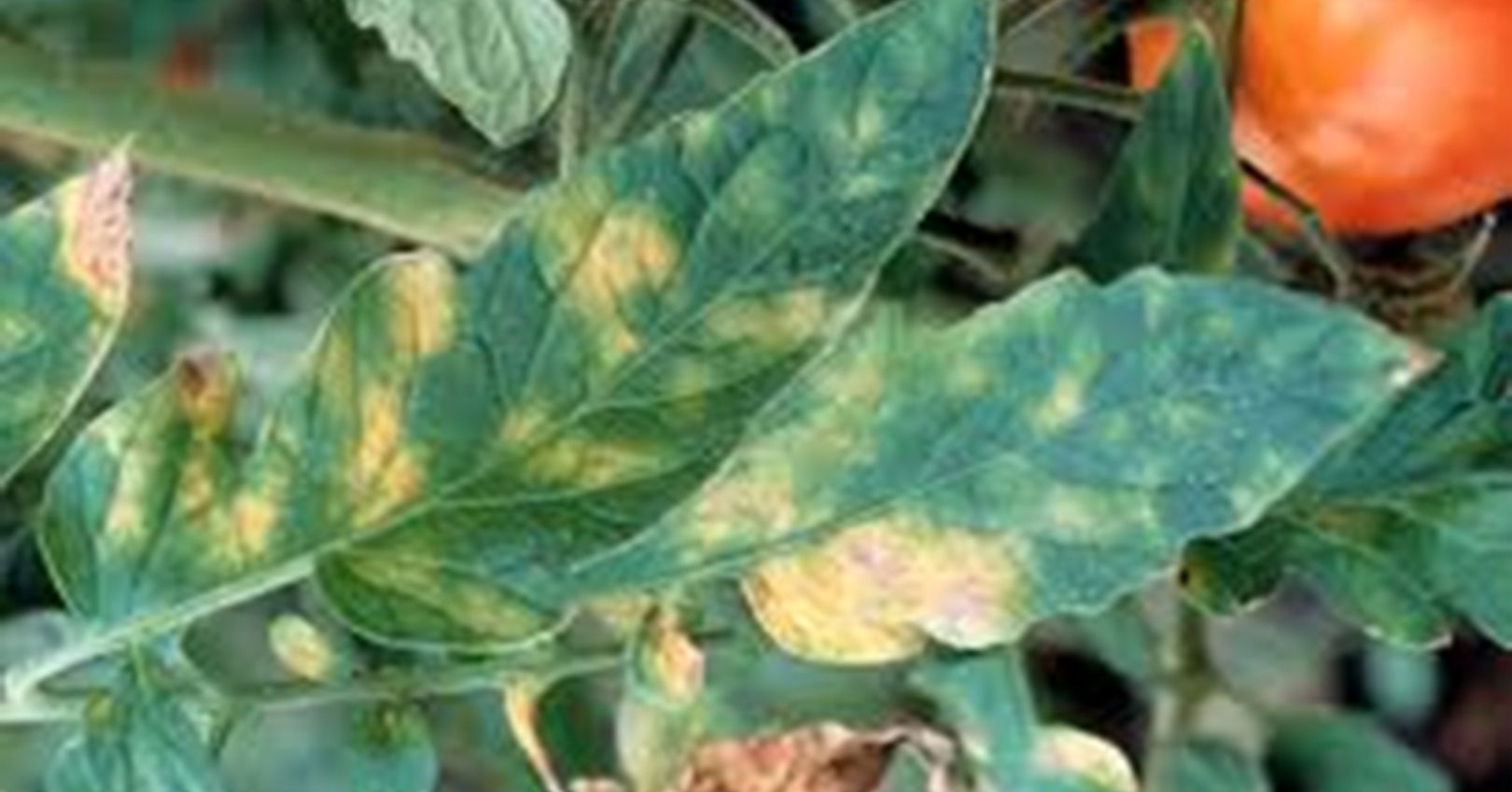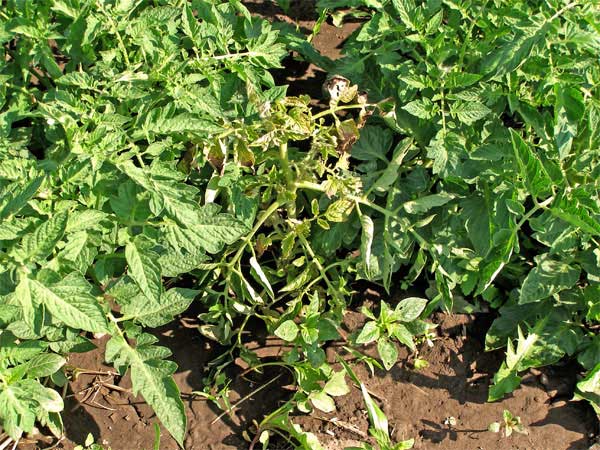Millets (Super-Grains): The Smart Crop Choice for Sustainable & Profitable Farming
Millets are climate-resilient super-grains that offer low input costs, stable yields, and strong ...
Read more →Tomato powdery mildew is a common fungal disease that affects tomato plants, especially in greenhouses and high tunnels. It reduces the photosynthetic activity and yield of the plants and that causes 10 to 90 percent yield losses in tomatoes. The disease is caused by different species of fungi, such as Oidium neolycopersicum, Leveillula taurica, and Erysiphe orontii. The disease was first reported in France in the 1840s and later spread to other regions of the world.
Maharashtra, Karnataka, Tamil Nadu, Kerala, and West Bengal
Spotting the Signs
Keep an eye out for these telltale symptoms of powdery mildew on your tomato plants:




Building Strong Defenses
The best defense is a good offense! Here's how to create a healthy environment that discourages powdery mildew:
The fungicides you mentioned are Cabrio Top Fungicide, Saaf, Contaf Plus & Bavistin.
Bonus Tip: Microbial Mayhem
Encourage beneficial microbes in your soil! These tiny warriors help suppress fungal growth. Apply compost tea or commercially available beneficial bacteria products around the base of your tomato plants.
Thank you

Millets are climate-resilient super-grains that offer low input costs, stable yields, and strong ...
Read more →
Dragon fruit, also known as Pitaya or Kamalam, is rapidly becoming one of India’s most profitable...
Read more →